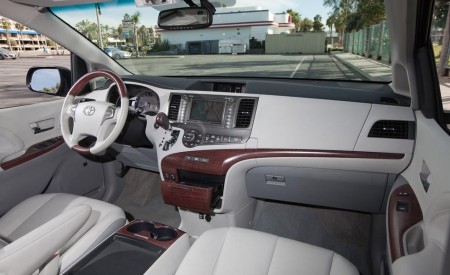The plastic track is a track material widely used in track and field sports venues. It is made of a special plastic material, usually polyurethane or polyethylene. The plastic track is widely used in track and field competitions because of its excellent performance and many advantages.
1. High elasticity: The plastic runway has good elastic characteristics and can provide excellent elastic rebound performance. This means that athletes can get good support and rebound when running, which reduces the impact on joints and muscles and reduces the risk of injury.
2. Anti-slip performance: The surface of the plastic runway usually has anti-slip properties to ensure that athletes can obtain good traction and stability during the competition. This is critical for track and field events such as sprints, middle distances, and long distances.
3. Durability: The plastic runway material has excellent durability and can withstand the test of long-term use and various climatic conditions. They are resistant to UV radiation, heat, rain, and chemicals for a long service life.
4. Easy to maintain: Compared with natural materials such as soil or lime soil runways, plastic runways are relatively easy to maintain. They generally require less cleaning and maintenance because they are less likely to accumulate dirt, weeds, or other debris.
5. Compliance: Plastic running tracks generally comply with the norms and standards of the International Athletics Federation (IAAF) and other relevant sports organizations. This ensures unbiased results for races on these tracks and provides a recognized standard of performance.
6. Versatility: The plastic track can be customized according to different competition needs and site requirements. They are available in different thicknesses, colors, and textures to suit different types of athletics competitions and training needs.
It should be noted that despite the many advantages of plastic runways, there is still a certain cost and expertise required to use and maintain them. When designing, installing, and maintaining plastic runways, relevant technical specifications and recommendations need to be followed to ensure optimal performance and durability.
Regular repair and maintenance of plastic runways are essential to ensure their performance and longevity. Here are some common plastic runway repair methods:
Cleaning: Regular cleaning of runway surfaces is an important step in maintaining their appearance and performance. Remove dirt, weeds, leaves, and other debris using appropriate cleaners and tools. Avoid cleaners that contain acidic or corrosive ingredients that could damage the surface of the runway.
Damage Repair: If any damage, cracks, or depressions are found on the surface of the runway, it should be repaired promptly. Small damage can be repaired with specialized repair agents, while large areas of damage may require professional repair. Repairs should follow the manufacturer's recommendations and directions.
Repair Lines and Markings: Regularly inspect and repair lines and markings on the runway. These lines and markings are important for player navigation and fairness of play. Make sure the lines are clearly visible, well aligned, and use durable paint.
Surface Grinding: Plastic track surfaces may become rough or lose their smoothness over time. Regular surface sanding can restore its smoothness and elasticity. This usually requires specialized equipment and experience and is best performed by professionals.
Maintenance Records: Establish detailed maintenance records, including dates and details of cleanings, repairs, and maintenance. This helps to track the frequency and effectiveness of maintenance work, allowing potential problems to be identified and resolved in a timely manner.
Here are some key points to keep in mind when exercising on plastic tracks:
1. Proper warm-up and stretching: Before you start running, it is very important to do a proper warm-up and stretch your whole body. This helps prevent muscle strains and other sports injuries.
2. Wear suitable sports shoes: It is very important to choose professional running shoes suitable for track and field sports. These shoes are well-cushioned and supportive, providing good comfort and stability.
3. Pay attention to posture and gait: Maintaining correct running posture and gait is the key. Make sure your body is upright, your shoulders are relaxed, your arms are swinging naturally, and you are running at the correct cadence and length.
4. Avoid sharp turns: The surface of the plastic runway is relatively smooth, so sharp turns or sudden changes in direction should be avoided when running. This helps reduce the risk of spraining your ankle or other joints.
5. Pay attention to the surrounding environment: Try to stay alert and pay attention to other athletes or obstacles around you. Avoid colliding with or tripping over other people.
6. Control speed and intensity: According to personal ability and goals, control the speed and intensity of running. Gradually increase the length and intensity of your runs to avoid overexertion and injury.
7. Regular maintenance of the plastic runway: The maintenance of the plastic runway is the key to ensuring its performance and safety. Follow the directions of the venue manager to promptly remove debris, keep it dry, and regularly inspect the runway surface for wear or damage.
8. Comply with venue rules and safety guidelines: Different track and field venues may have specific rules and safety guidelines, such as prohibiting the use of spiked shoes or restricting the use of long jump areas. Make sure to follow these rules to keep yourself and others safe.




